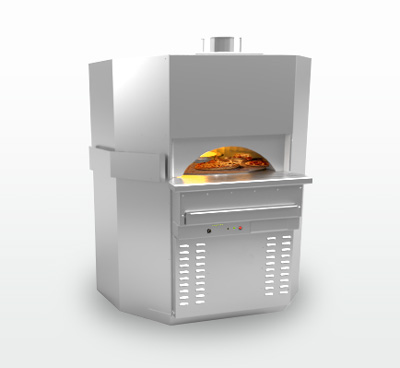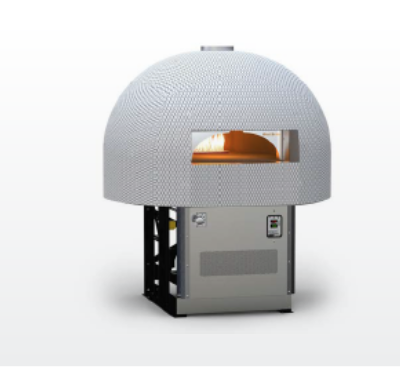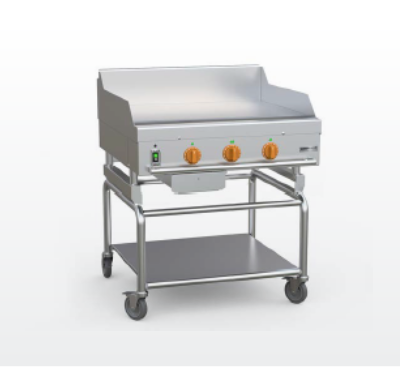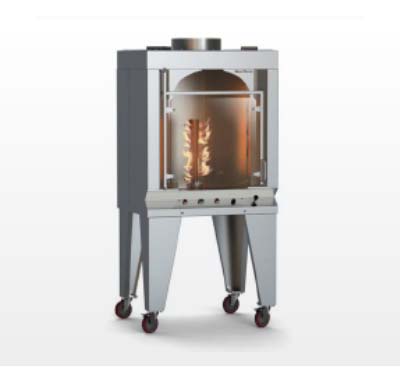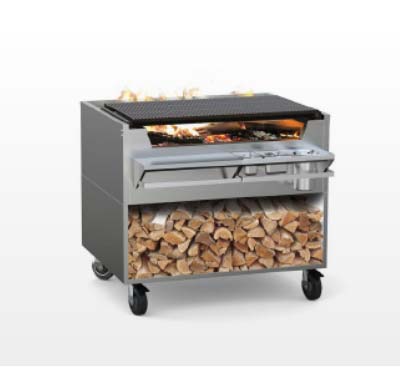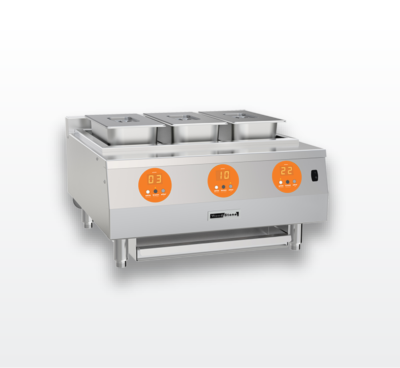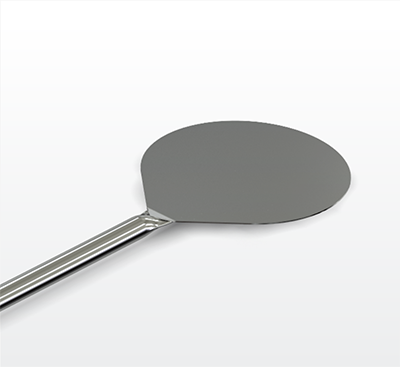Average Gas Consumption vs. Gas Utility Requirements
Every Wood Stone gas-fired oven has full rated BTU input listed on its specification. This number reflects the maximum gas input required when the oven’s burners are fully on. They do not reflect average consumption over the entire workday, however, because the oven will only run at these higher numbers during the initial heat up phase (when all burners are fully on). Once the oven reaches temperature, the radiant burners (RFG) are turned down, the underfloor infrared (IR) assist burner cycles off, and the average hourly consumption drops substantially. Please consider these examples when calculating daily costs.
Note: These are rough guidelines. Fuel usage will vary depending on operating temperature, volume of food cooked, ventilation and other onsite conditions.
Mountain Series
During the first 1.5–2.5 hours of operation, the oven will run at the full rated BTU input noted on the data plate and spec sheets. After the oven reaches operating temperature, the radiant burner will be throttled back to a holding flame and the IR burner will cycle off.. During daily operation the radiant flames will be raised and lowered and the IR burner will cycle on and off as needed.. Usage over the remainder of the day will typically average about 50 percent of the full rated BTU input rating.
Example for a WS-MS-5-RFG-IR on natural gas rated at 188,000 BTU/hr (1.88 therms/hr) running 14 hours per day, with a temperature range of 550–600 °F (285–315 °C):
188,000 BTU/hr (1.88 therms) for 2 hours = 376,000 BTU (3.76 therms)
94,000 BTU/hr (.94 therms) for 12 hours = 1,128,000 BTU (11.28 therms)
For a total daily use of 1,504,000 BTU (15.04 therms)
Average hourly consumption over the entire day = 107,429 BTU/hr (1.07 therms/hr)
Bistro Line
During the first 1–2 hours of operation, the oven will run at the full rated BTU input noted on the data plate and spec sheets. After the oven reaches operating temperature, the radiant burner will be throttled back to a holding flame. During daily operation the radiant flames will be raised and lowered. Usage over the remainder of the day will typically average about 50 percent of the full rated BTU input rating.
Example for a Bistro WS-BL-4343-RFG oven on natural gas at a maximum of 80,500 BTU/hr (.8 therms/hr) running 14 hours per day, with a temperature range of 550–600 °F (285–315 °C):
80,500 BTU/hr (.81 therms) per hour for two hours = 161,000 BTU (1.61 therms)
40,250 BTU/hr (.40 therms ) per hour for twelve hours = 483,000 BTU (4.83 therms)
For a daily total of 644,000 BTU (6.44 therms)
Average hourly consumption over the entire day = 46,000 BTU/hr (.46 therms/hr)
Fire Deck Series
During the first 2–3 hours of operation, the oven will run at the full rated BTU input noted on the data plate and spec sheets. After the oven reaches operating temperature, the radiant burner will be throttled back to a holding flame and the IR burner will cycle off. During daily operation the radiant flames will be raised and lowered and the IR burner will cycle on and off as needed. Usage over the remainder of the day will typically average about 50 percent of the full rated BTU input rating.
Example for a Fire Deck WS-FD-9660-RFG-LR-IR oven on natural gas at a maximum of 350,000 BTU/hr (2.25 therms/hr) running 14 hours per day, with a temperature range of 550–600 °F (285–315 °C):
350,000 BTU/hr (3.5 therms/hr) for 2.5 hours = 875,000 BTU (8.75 therms)
175,000 BTU/hr (1.75 therms/hr) for 11.5 hours =2,012,500 BTU (20.13 therms)
For a daily total of 2,887,000 BTU (28.88 therms)
Average hourly consumption over the entire day = 206,250 BTU/hr (2.06 therms/hr)
Formula for calculating total BTUs used by oven:
(BTUs used for Heat-Up) + (BTUs used after heat-up) = Total BTUs used
Converting BTUs used to actual gas consumption:
Natural gas is typically measured and billed by the therm. A therm contains 100,000 BTUs.
To determine number of therms used:
Total BTUs used/100,000 = Total Number of therms
LP (Liquid Propane), sold by the gallon, contains 91,000 BTUs per gallon.
To determine number of gallons of LP used:
Total BTUs used/91,000 = Number of gallons of LP used

